Dealing with Emergencies on Multi-Day Hiking Trips
Chosen Theme: Dealing with Emergencies on Multi-Day Hiking Trips. When the trail throws the unexpected at you, calm thinking and simple skills can turn panic into a plan. Dive in for field-tested strategies, real stories, and confidence-building tips—and subscribe to get future backcountry safety guides straight to your inbox.
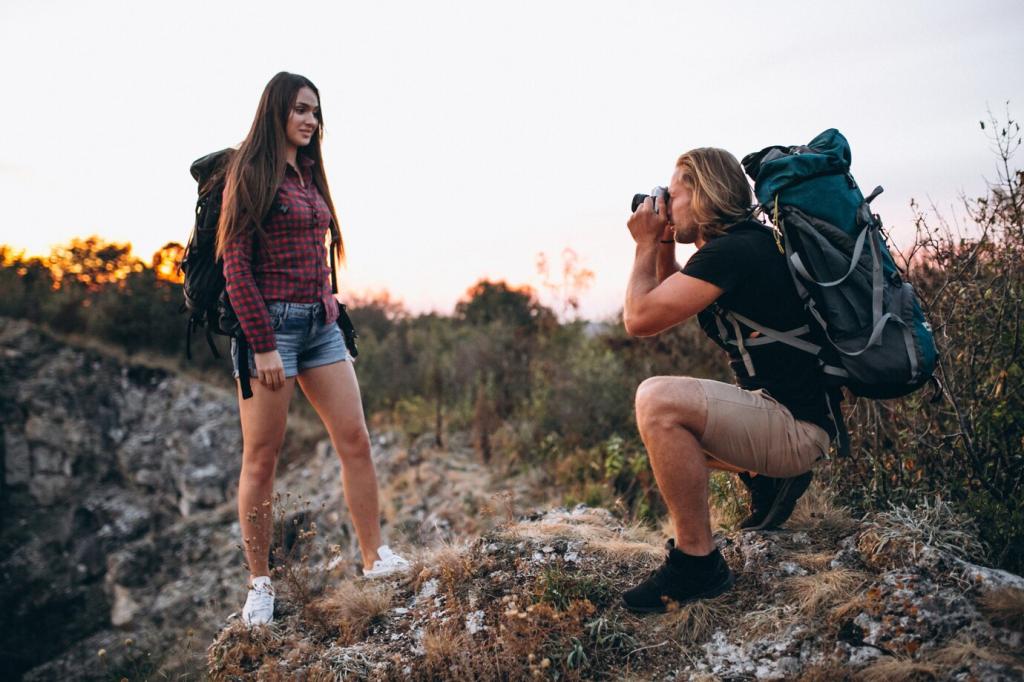
Route cards, check-ins, and decision points
Before you leave, share a route card with your itinerary, group names, and turnaround times, and arrange check-in windows. My friend Mara once missed a check-in by four hours; because her route card listed alternates, rescuers found her quickly after a twisted knee slowed progress.
Build a purpose-driven first aid kit
Design your kit around likely trail problems: blisters, small cuts, allergic reactions, stomach upsets, and sprains. Add gloves, tape, closure strips, pain relief, and an elastic bandage. Training beats gear—practice using items at home so you are fast and calm when minutes matter.
Scenario rehearsals and mental models
Walk through realistic what-ifs: lost map, broken stove, soaked sleeping bag, partner limping. Rehearse the STOP method and pack reshuffles in bad light and cold. Share your favorite drill in the comments, and tell us which scenario felt most revealing once you tried it under mild stress.
First Aid in the Backcountry
Pause, breathe, and conduct a quick primary survey. Check responsiveness, airway, breathing, and major bleeding before moving to a careful head-to-toe scan. Note the time and symptoms. Documenting early observations helps track changes and supports smarter decisions hours later on a remote ridge.
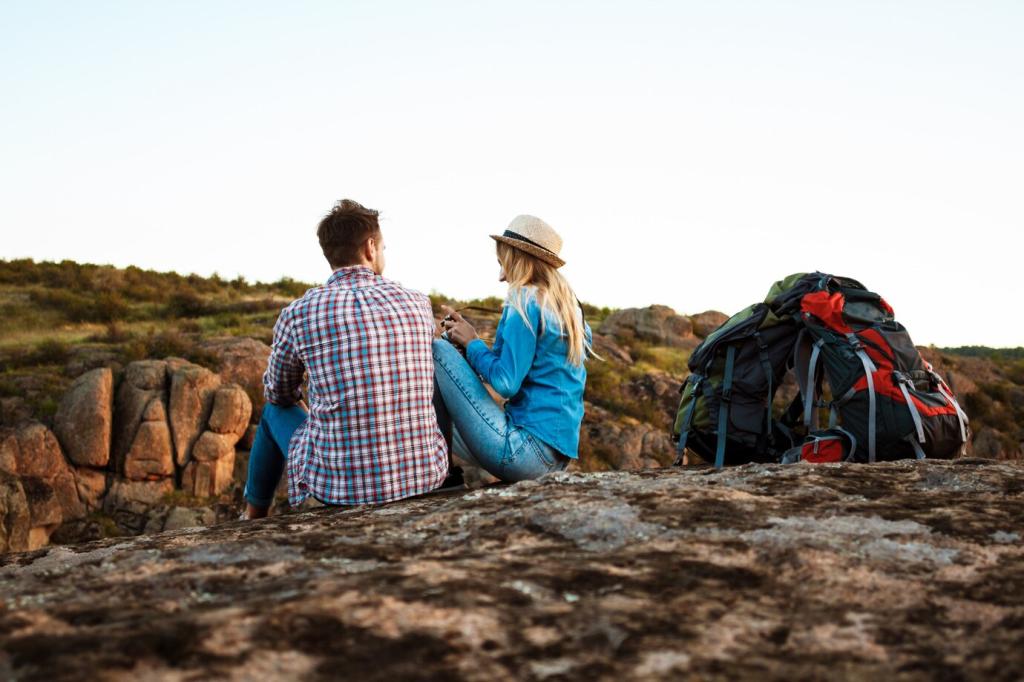

First Aid in the Backcountry
Early shivering, slurred words, or the “umbles” suggest cold stress; thick layers, wind protection, warm drinks, and shelter help. Heat exhaustion shows as heavy sweating, dizziness, and headache; rest in shade, cool slowly, replace fluids, and watch carefully. Share how you’ve balanced warmth and cooling on exposed trails.
Lost? Navigate Back to Safety
Use the STOP method and orient
Stop, Think, Observe, Plan. Mark your last known point, note landmarks, check the time, and observe slope, water flow, and wind. Many hikers “panic-walk.” Don’t. A thoughtful pause often reveals an obvious contour line or spur ridge leading straight back toward your intended route.
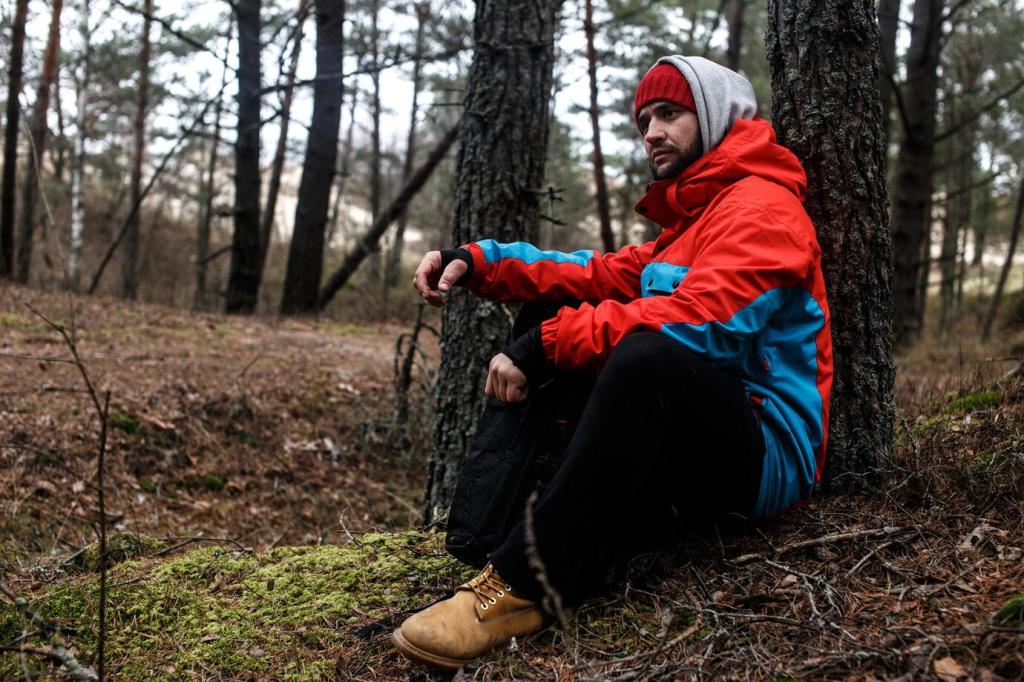
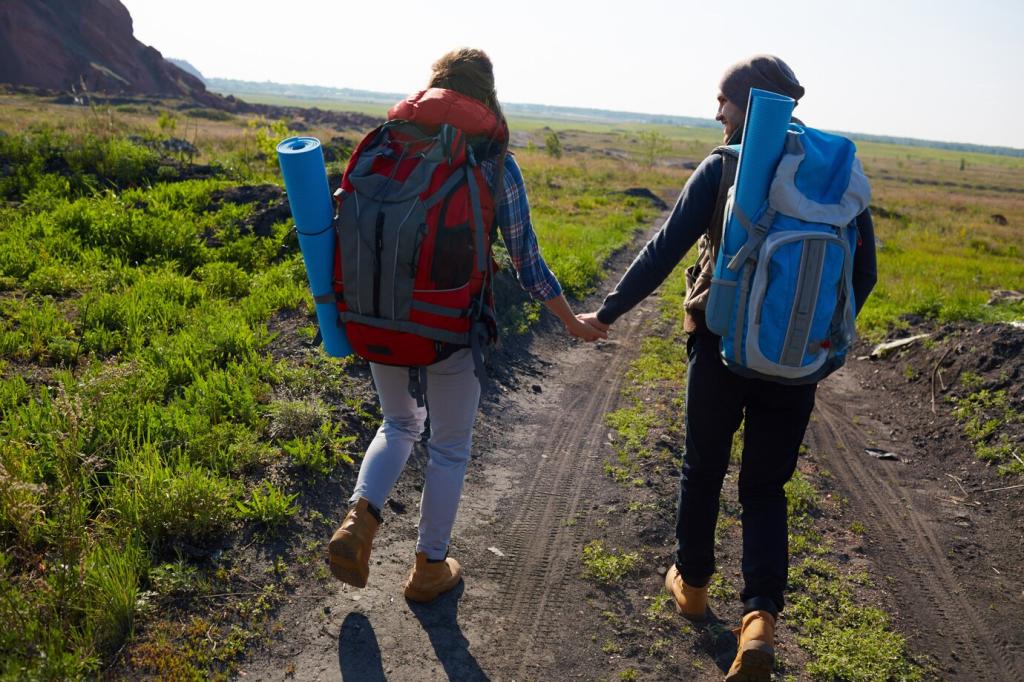
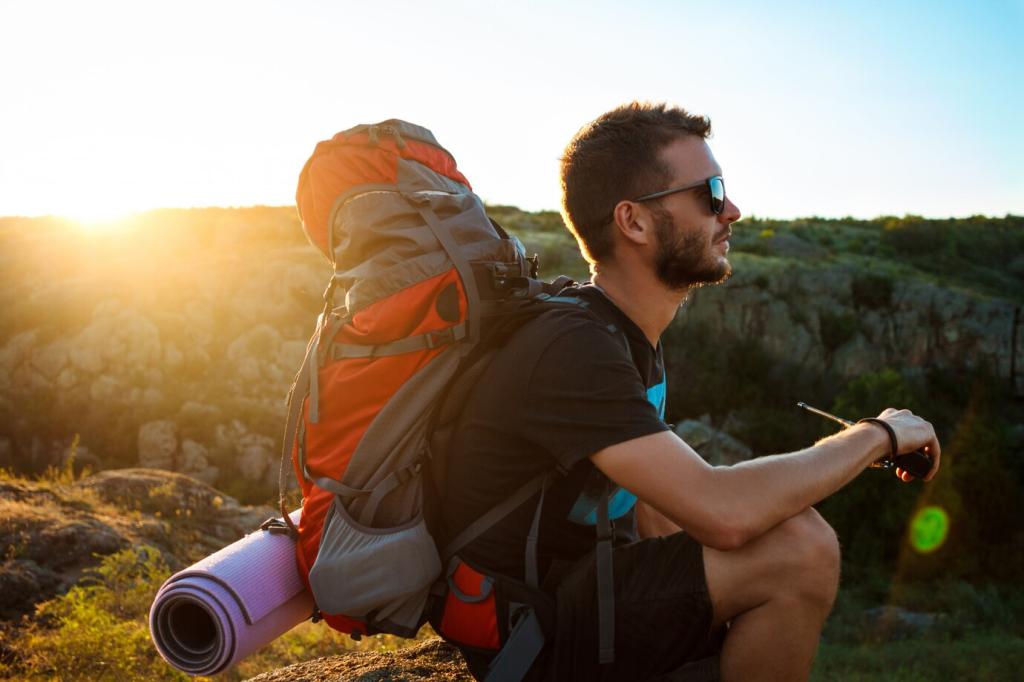
Weather Turns Dangerous
If thunder follows lightning in under thirty seconds, descend swiftly off exposed ridges. Avoid isolated trees and metal objects, keep the group spread, and crouch on your pack for insulation if caught. I once watched a storm split around a valley; waiting ten minutes spared us a terrifying ridge sprint.
Weather Turns Dangerous
Study canyon exit ramps and high benches on your map before entering. When water rises, retreat to higher ground immediately and reassess. Unclip hip belts before any crossing. Respect the water’s push; turning back early keeps your trip alive. Tell us your river-reading habits and safe crossing tactics.
Water, Food, and Fire Emergencies
Let sediment settle, strain with a bandana, then use chemical tablets or bring to a rolling boil per directions. Clear headwater springs can still carry risk; err on treatment. Share your emergency purification playbook, and tell us which method you trust when time is short and hands are cold.
Water, Food, and Fire Emergencies
Switch to steady grazing—small, frequent bites of fat, carbs, and salt. Save a morale snack for the hardest hour. I once bartered two nut butter packets for a teammate’s dried fruit; both of us climbed stronger afterward. Comment with your fail-safe, high-impact snack that never lets you down.

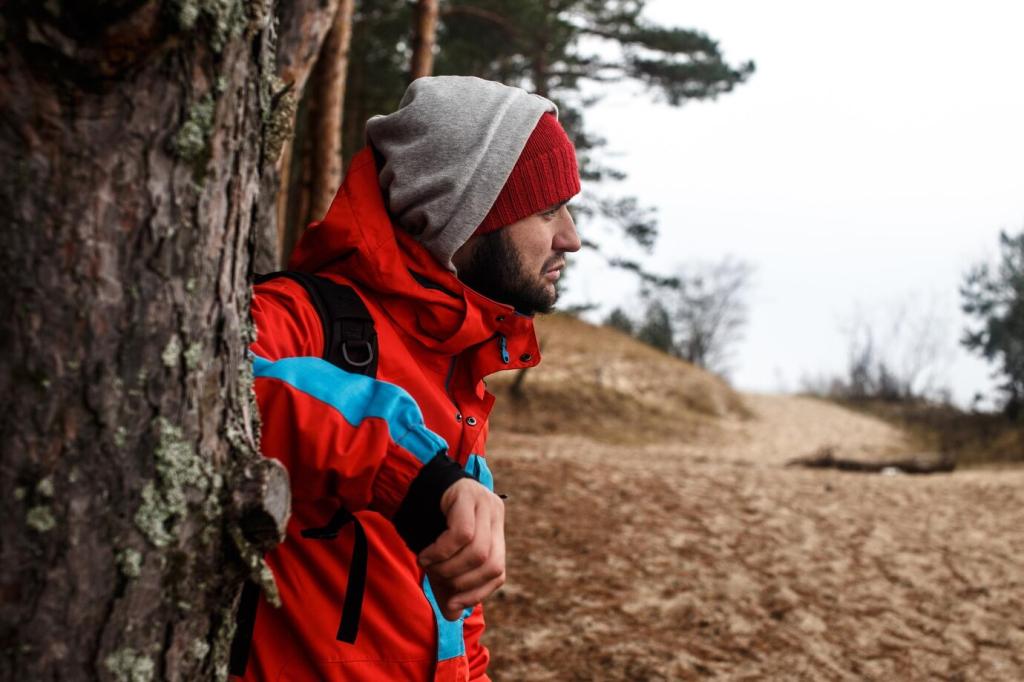
Gear Failures and Shelter Fixes
Field repair kit that punches above its weight
Pack tenacious tape, needle and heavy thread, zip ties, spare cordage, a tiny multi-tool, and a few buckles. These items fix tents, packs, and clothing fast. Invite your partners to carry complementary pieces. Share your most surprising trail repair that lasted longer than the original manufacturer’s solution.
Tent pole, zipper, and pack fixes
Splint a cracked pole with a sleeve or tent stake and tape. Coax a stubborn zipper by cleaning grit and gently squeezing the slider. Re-anchor a shoulder strap using cord and bar-tack stitches. Tell us which repair saved your night when the wind rose and gear started complaining.
Footwear and blister triage
Hot spots signal trouble—pad early, reduce friction, and keep feet dry. Cushion with foam, tape edges smoothly, and adjust laces for pressure relief. A partner once swapped insoles and ended a day of pain. What’s your blister-prevention ritual on long, mixed terrain with river crossings and steep climbs?

Evacuation, Communication, and Calling for Help
When to hit SOS and what happens next
Use a satellite messenger or PLB when you face life-threatening injury, immobility, or worsening conditions with no safe exit. Keep the device sky-facing, conserve battery, and stay put unless directed. Share how you decide between waiting for help and moving toward a known safe landmark.


Clear messaging in low-signal conditions
Preload short templates that cover who, what, where, and needs. Coordinates plus terrain descriptors help responders: ridge, drainage, or meadow. Keep messages concise and periodic. What’s your best practice for guiding help in with minimal texts when weather, trees, and terrain swallow bars and patience?
